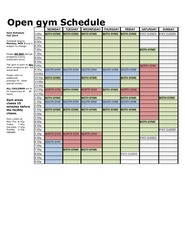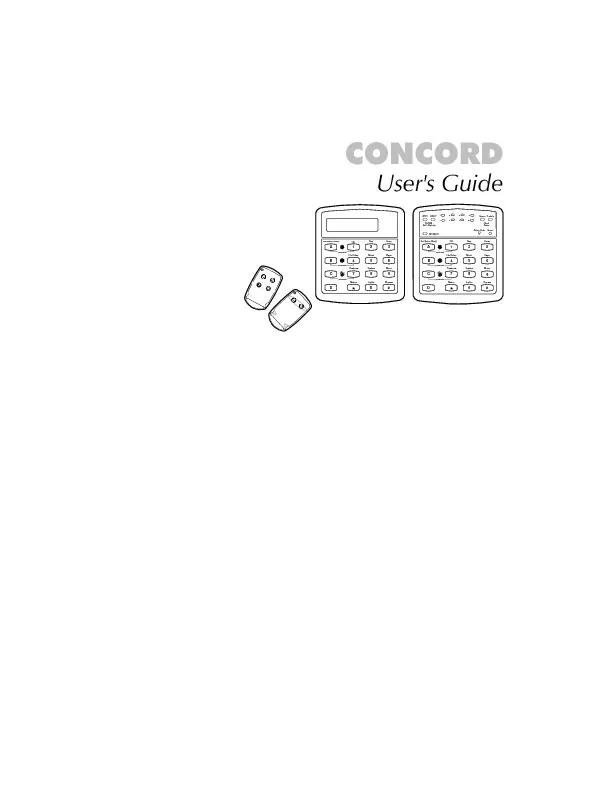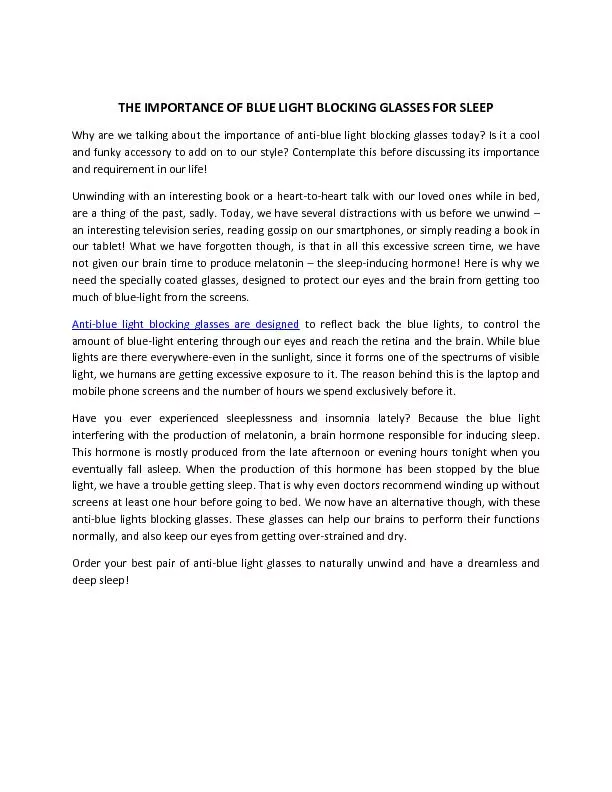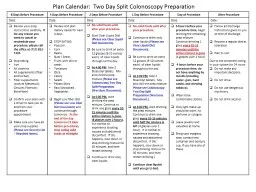PPT-Drinking from Both Glasses
Author : giovanna-bartolotta | Published Date : 2017-08-21
Adaptively Combining Pessimistic and Optimistic Synchronization for Efficient Parallel Runtime Support Man Cao Minjia Zhang Michael D Bond 1 Dynamic Analyses for
Presentation Embed Code
Download Presentation
Download Presentation The PPT/PDF document "Drinking from Both Glasses" is the property of its rightful owner. Permission is granted to download and print the materials on this website for personal, non-commercial use only, and to display it on your personal computer provided you do not modify the materials and that you retain all copyright notices contained in the materials. By downloading content from our website, you accept the terms of this agreement.
Drinking from Both Glasses: Transcript
Download Rules Of Document
"Drinking from Both Glasses"The content belongs to its owner. You may download and print it for personal use, without modification, and keep all copyright notices. By downloading, you agree to these terms.
Related Documents














